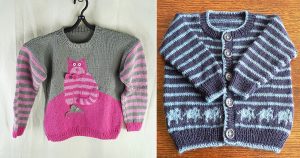Learn How to Start Knitting for Beginners with this detailed guide that solves every doubt of new knitting enthusiasts.
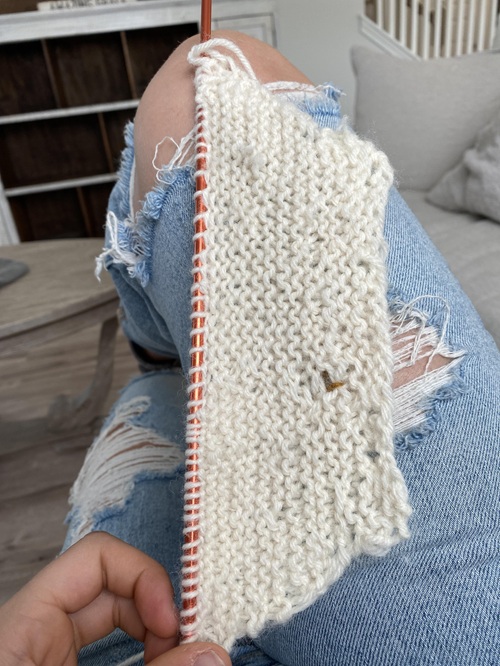
Knitting is a fun and relaxing hobby that anyone can learn. If you’re just starting out, don’t worry, it’s easier than it looks. With a bit of yarn, some needles, and simple steps, you’ll be making your first stitches in no time. Here’s how to begin knitting for beginners.
How to Start Knitting for Beginners
1. Choose the Right Yarn and Needles
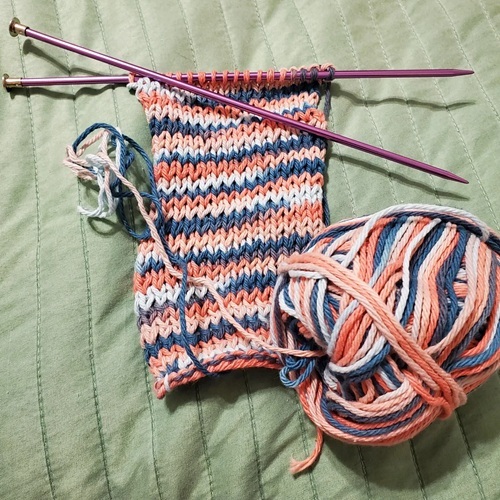
Before you start, make sure you get some yarn and a pair of knitting needles. It’s advisable for beginners to choose a medium-weight yarn, which is often called “worsted weight” or number 4. Thicker yarn is easier to see and work with when you are learning.
Pair this with a set of needles that are not too big or small, and are of a size ranging from 8 or 9 in US sizing (5mm or 5.5mm). Wooden or bamboo needles are the perfect choice for beginners because they are not as slippery as the metal ones, which helps in keeping the stitches from falling off.
2. Learn to Hold the Needles and Yarn

It is vital to understand how to hold your needles and yarn depending on what feels comfortable for you. Some people hold the yarn in their right hand (English method), while others might use their left hand (Continental method). Try both of them to see which one you would prefer.
Hold one needle in each hand and make sure your hands feel relaxed. If you’re too tense, then knitting can feel harder than it already is.
3. Begin With a Slip Knot and Cast On
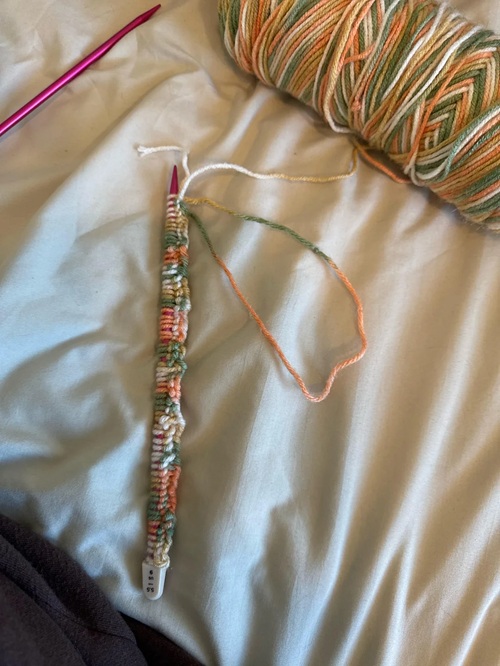
All the knitting projects start with a slip knot. This knot goes on one of your needles and acts as the very first stitch. From there, you’ll need to “cast-on” more stitches to form your foundation row.
There are different ways to cast on, but the long-tail cast on is a good one to begin with. It gives one a stretchy, clean edge and works well for most projects. It might feel a little tricky at first, but with practice, it becomes a lot easier.
4. Basic Knit Stitch
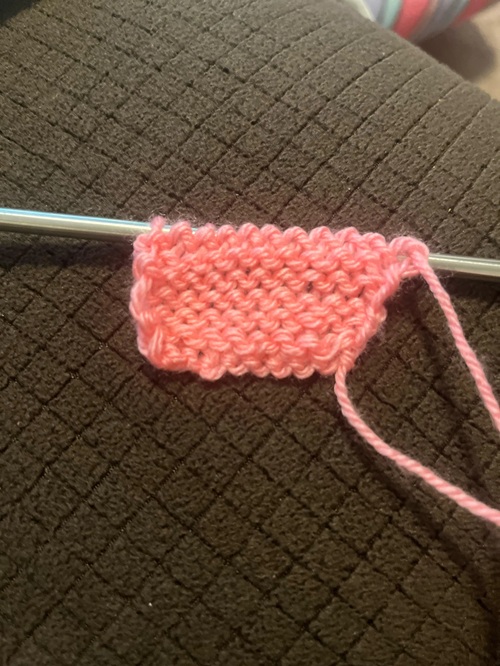
Once the stitches are cast on, it’s vital to learn the knit stitch. It is the most basic stitch in knitting and forms the base of many patterns.
To knit a stitch, hold your needle with the cast-on stitches in your left hand. Insert the right needle into the front of the first stitch. Wrap the yarn around the right needle and pull it through to create a new loop. Slide the old stitch off the left needle, and there, you’ve made your first knit stitch. Repeat this process across the row.
5. Practice Rows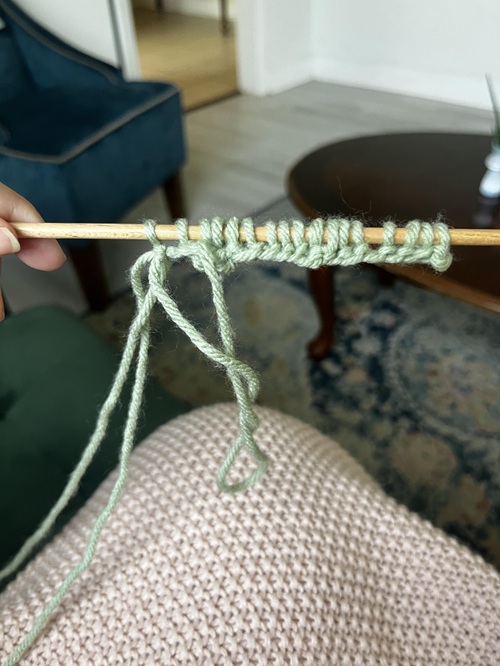
Keep knitting row after row until you get comfortable with the movements. At first, your stitches might be uneven or tight, but that’s completely normal. With more practice, your stitches will become smoother.
When you knit every row, the fabric that is created is called “garter stitch”. It’s perfect for beginners because it lies flat and is easy to work with.
6. Purl Stitch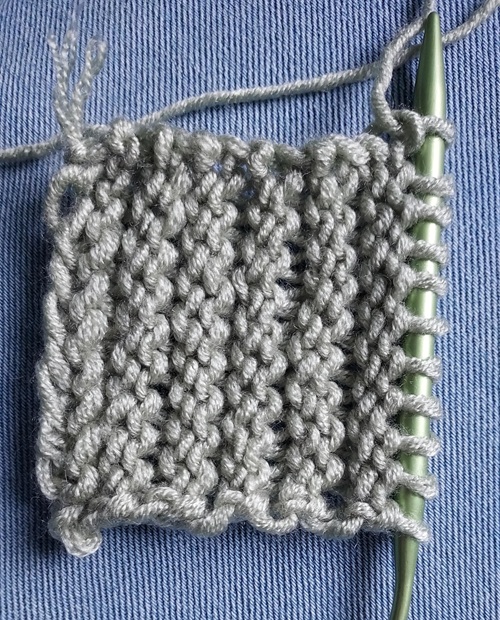
If you feel confident enough with the knit stitch, then you can learn the purl stitch. It is the complete opposite of the knit stitch and gives a different texture to your knitting. By combining knit and purl stitches, one can create new patterns like ribbing or stockinette stitch.
7. Cast Off
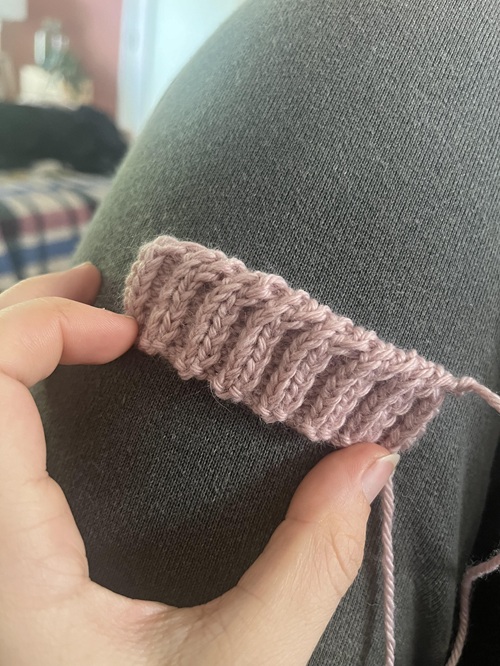
Casting off, also known as binding off, finishes your knitting so it doesn’t come undone.
To cast off, start a new row and knit two stitches. Keep them loose, as this helps in keeping the edge stretchy.
8. Start with Easy Projects
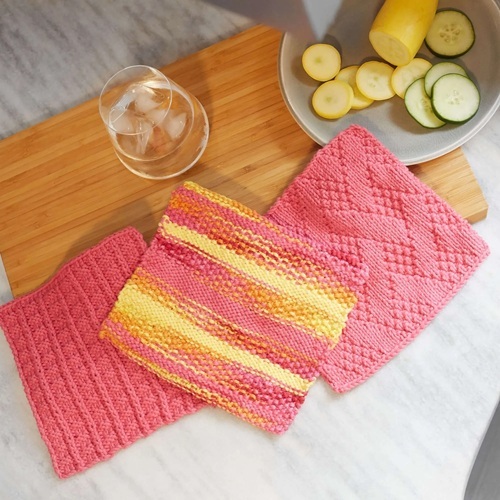
Now that you are well-versed in basics, you can start with the first project. It is a good idea to begin with a simple scarf or dishcloth. These projects let you practice your stitches without following any complex pattern.



